Promiscuity between cinema and painting – the case of the film Sombra
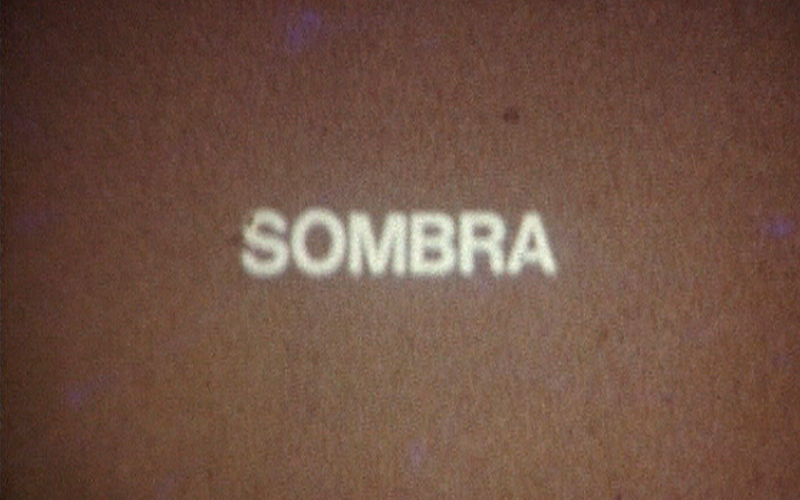
Just days after having submitted my master’s dissertation, on 30 January 2009, I felt an immense void for no longer having something to write and for having put my beloved books, previously scattered around the house, away on the shelves.
I know that it is natural to feel this void in such circumstances and that, inevitably, it leads us to rapidly digest these moments of pressure.
Selecting the theme for my thesis was difficult. My list included three or four structured ideas. However, the final choice seemed obvious: to look at experimental films by Portuguese artists from the 1970s, belonging to the CAM Collection, which I had recently discovered while working on the inventory of the latter. Marginal films, which until then had been little studied and which fascinated me straight away.
Film had always been a passion of mine and, coincidentally, my encounter with experimental cinema of the 1960s and 70s through the book by Laura Baigorri (Vídeo: primera etapa, 2007), which I had bought on a trip to Madrid, gave me the response I needed to consolidate this project, while watching and rewatching the films of Julião Sarmento, Ângelo de Sousa, Fernando Calhau and Ana Hatherly.
In this case, looking in particular at Julião Sarmento, what captivates me about his works are the countless references to film and literature and, especially, the recurring promiscuity between film and painting.
Sarmento’s relationship with cinematic language is present not only in his experimental films, but also in the range of mediums used by the artist: from painting, photography and drawing to the montage of images and text.
Some of his Super 8 films have been lost, primarily the films produced between 1967 and 1973. Sarmento worked on short films, the length of a reel – about three minutes – and long films, which he made by putting these three-minute films together. His long films include Sombra [Shadow], Cópias [Copies] and Faces, all produced in 1976.
In Sombra – a film that is over one hour long, acquired for the collection in 2001 – the focus is time. The movement of the image is very slow and we perceive the existence of this movement through the shadow that hides the bodies. The camera focusses on the two naked women in a long continuous take. Throughout the film, we follow four different positions of the two female nudes. Initially, they come out of the darkness into the light and then the opposite happens, the darkness, very slowly, begins to occupy what is illuminated. At the end, the shadow covers the screen entirely, transforming it into a black patch. The bodies are present, but they do not do anything; they end up disappearing as the shadow grows.
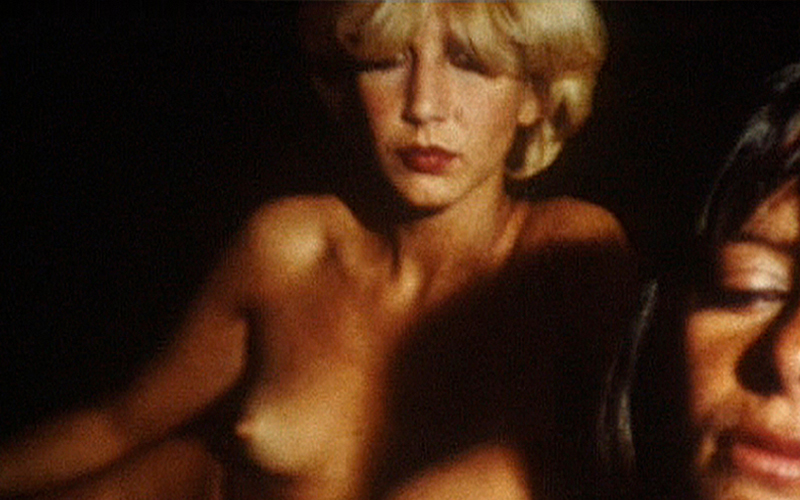
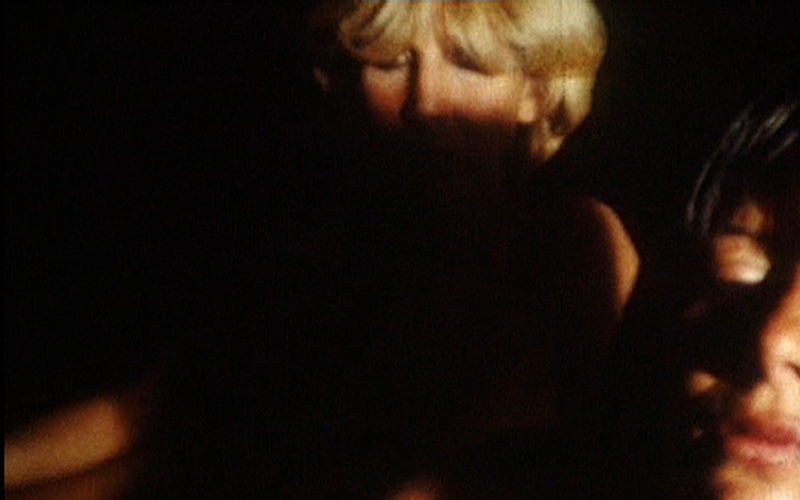
We can make out two significant changes in artistic production in this film. The camera becomes static, rejecting the movement associated with cinematic diegesis, and the image of the naked women is presented devoid of symbolism, in banal bodies, in a silent time and frozen action.
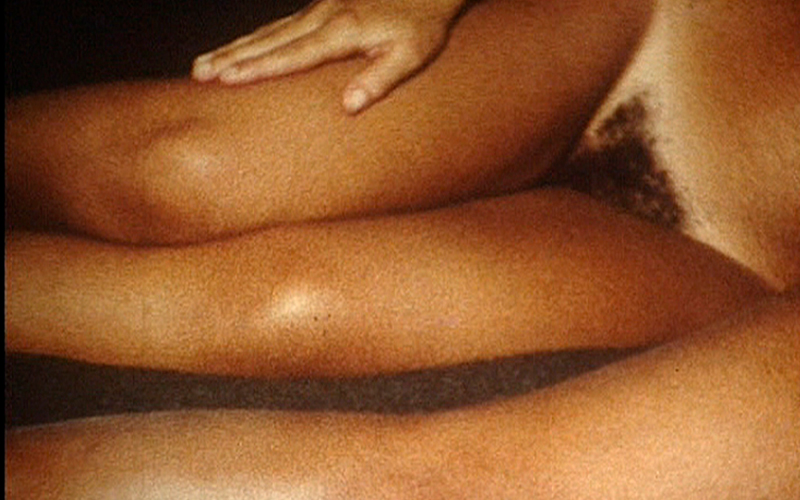
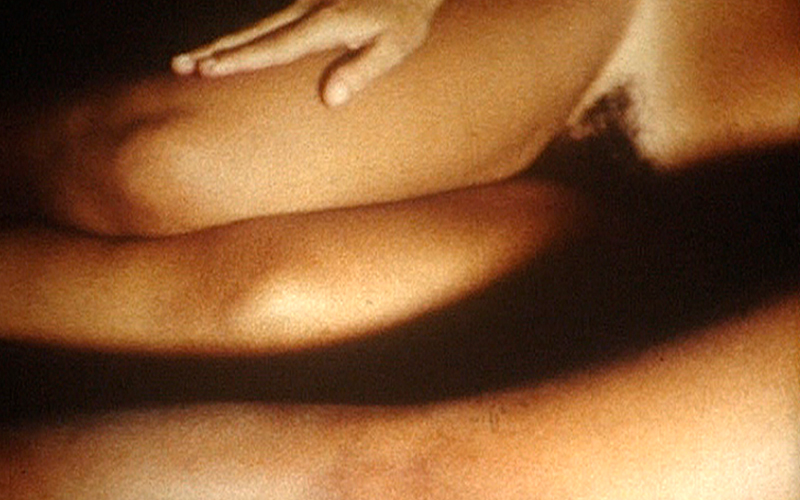
The absence of a narrative line, climax or montage validates the prevailing idea in this film: the space of painting invades the time of cinema. Thus, the typical separation of film as an art of time and painting as an art of space no longer makes sense here, putting Julião Sarmento at the heels of experimental film, a movement which created a new world within cinema itself, with internationally renowned names such as Andy Warhol, Jonas Mekas and Stan Brakhage.
Patrícia Rosas
Curator of the CAM
Curators’ Choices
The curators of the CAM reflect on a selection of works, which include creations by national and international artists.
More choices